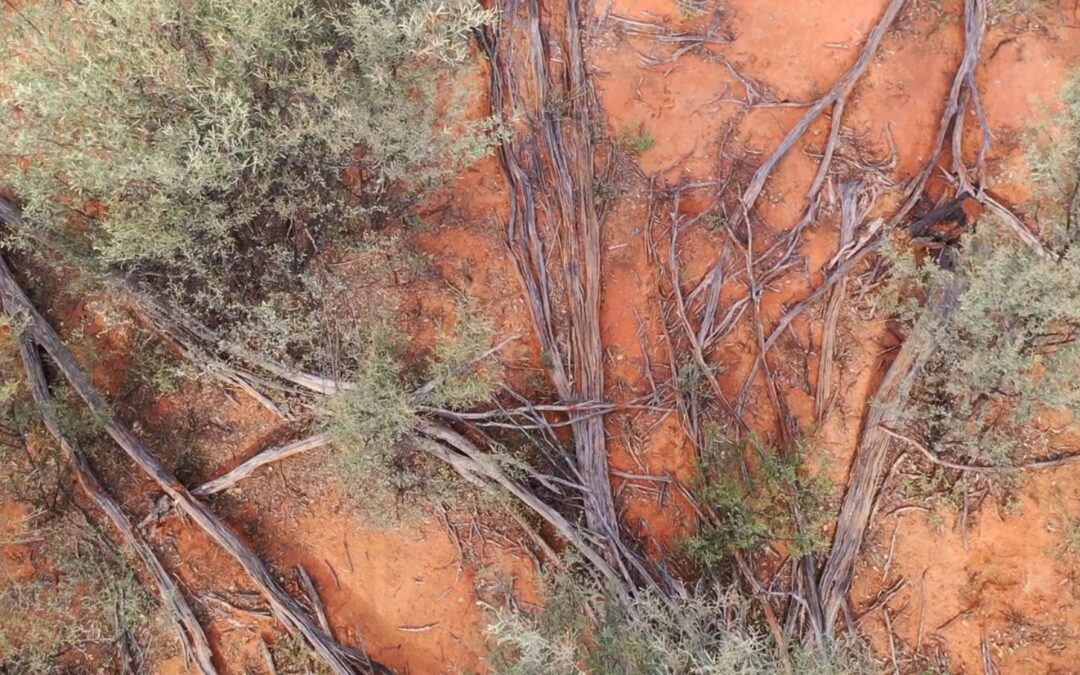
Project Spotlight: Mulga Lands Regrowth
Mulga trees (Acacia aneura), which form woodlands and shrublands with endemic shrubs and eucalypt trees, dominate an important ecosystem within western Queensland, aptly named ‘the Mulga Lands’.
Mulga have adapted to the sparse rainfall and hot climates of the region and form vast forests across the landscape.
Over time, mulga forests have been cleared both for pastures and for direct use as livestock fodder. When these pressures are removed, mulga regrowth from both seeding and resprouting is vigorous, and revegetation occurs on a grand scale that cannot be matched by new plantings.
Regenerated forest cover across the Mulga Lands improves the functional ecosystem boundaries between central arid-deserts and wooded ecosystems of Australia’s east coast. This provides continuous habitat and food for iconic Australian wildlife like arid-adapted woodland birds, reptiles, and echidnas.
Sequestering carbon in these vast mulga woodlands reduces atmospheric carbon dioxide and helps to mitigate increasing global temperatures, making this activity an important contribution to Australia’s emissions reduction goals. For Australia’s farmers and landholders, changing their management to allow forest regrowth also presents an alternative income stream in the carbon market.
For our projects, regular measurements taken on ground and analysis of strategic spatial data and imagery provide evidence of regrowth to meet rigorous scientific standards. This progress is verified by the Clean Energy Regulator and third-party auditors. Carbon credits are then issued based on CSIRO modelling of pre-clearing vegetation communities and local environmental factors.
Mulga Land regrowth projects sit alongside our ongoing legacy of new plantings, forestry management, biodiversity protection and environmental accounting projects. For more information on carbon sequestration and how you may be able to participate in the Australian carbon market, contact us!
